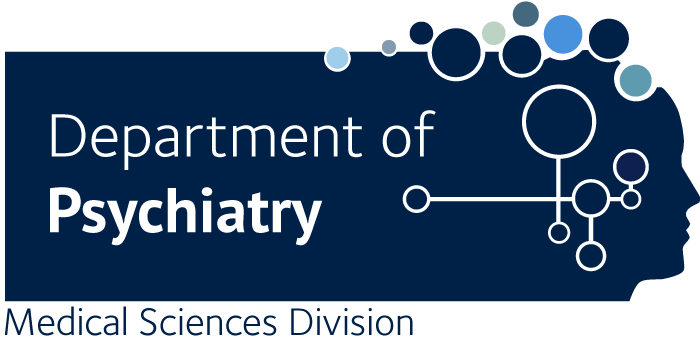Exploring early childhood development programming in Kenya’s arid and semi-arid lands
Magoma P., Abubakar A., Kaniala M., Aoko B., Esala M., Marangu J., Nyamanya S., Kabue M., Guyo S., Baasba A., Ng’asike J., Khamis A., Chongwo EJ.
Background: Promoting high-quality early childhood development (ECD) is vital for individuals’ physical and social well-being and yields significant societal returns. However, children in marginalised regions like Kenya’s arid and semi-arid lands (ASALs) face significant barriers to accessing quality ECD services. Aim: This study aimed to document existing ECD services in Kenya’s ASAL areas, including their availability, types and key characteristics; identify gaps in their provision and propose solutions to enhance access and quality. Setting: This qualitative study was conducted in 10 ASAL counties in Kenya. Methods: Using purposive and snowball sampling techniques, 103 key informants, including pre-primary teachers, parents, healthcare workers, religious leaders and county ECD coordinators, were interviewed. The interviews were audio-recorded, transcribed verbatim and analysed thematically. Results: The study found that while diverse ECD programmes exist in ASAL regions, their quality and effectiveness are hindered by challenges such as inadequate funding, insecurity, extreme weather events, food insecurity, poor infrastructure, inadequate healthcare access and limited early learning opportunities. Recommendations include increasing ECD funding, improving healthcare, enhancing early learning opportunities, promoting livelihood diversification and addressing security and food insecurity. Conclusion: Despite investments in ECD programmes, significant challenges persist, underscoring the need to provide children with high-quality services that foster nurturing care and mitigate risks to their development. This study highlights the urgency of adopting a multi-sectoral approach to strengthen ECD programmes and services in Kenya’s ASAL. Contribution: This article contributes to the scarce literature on ECD programming in Kenya’s ASALs by documenting existing ECD services, identifying critical gaps in their provision and offering actionable recommendations to address barriers to programme quality and effectiveness.

